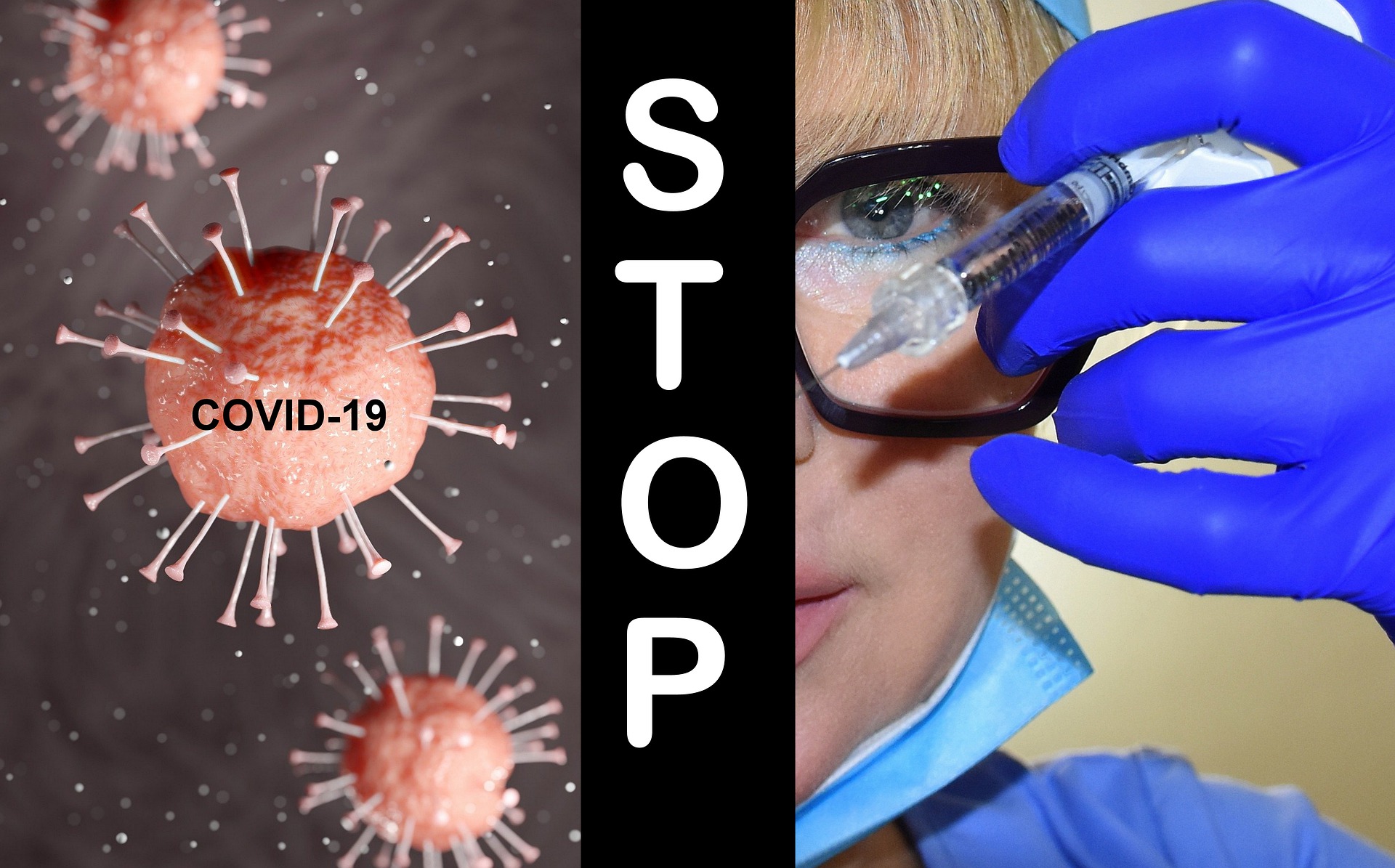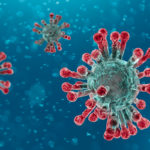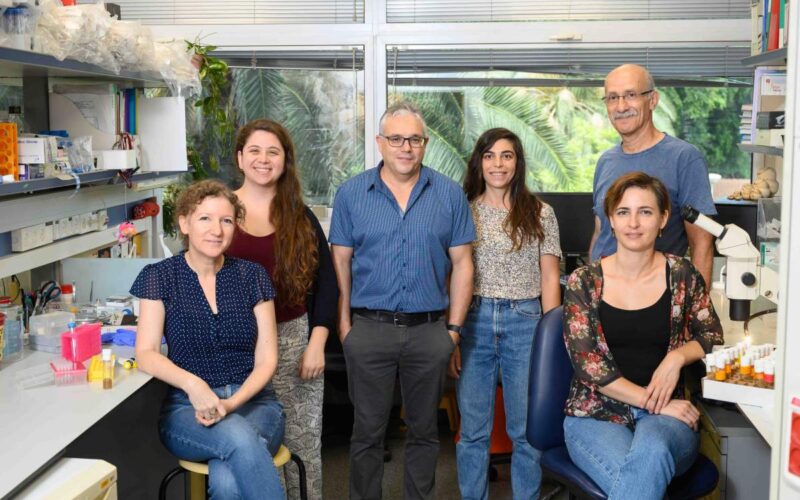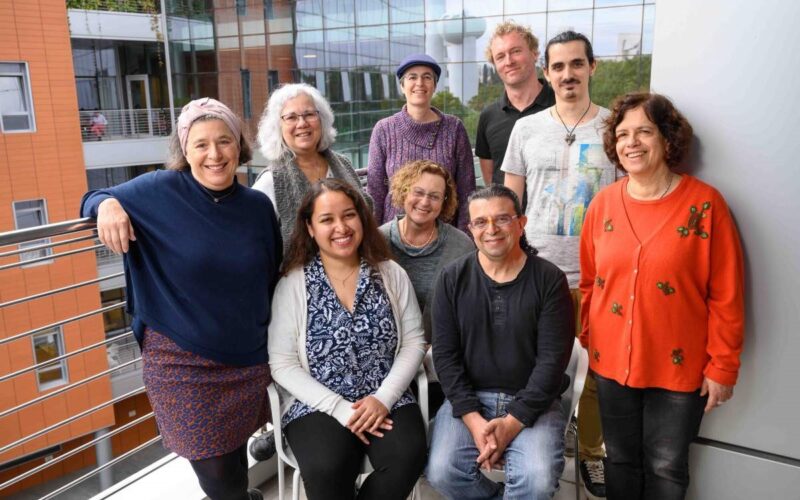
April 1, 2020
Numerical data sometimes reveal facts that are otherwise concealed within the rushing flow of information from an overwhelming number of sources.
Professor Ron Milo and research student Yinon Bar-On of the Weizmann Institute’s Department of Plant and Environmental Sciences, together with their US colleagues Professor Rob Phillips from Caltech and Dr Avi Flamholz from Berkeley, recently employed an original research method to organise the flood of coronavirus information in an orderly framework.
The scientists examined hundreds of studies carried out globally.
The initial stage required the scientists to understand the different measurement and estimation methods so that they could coordinate and translate all the findings into the same ‘language’ – an intricate task requiring great care. Here, the scientists’ experience helped them translate and consolidate a wealth of data and findings that they accumulated in previous studies: the number of cells in the human body; biomass distribution on Earth, and more.
The research, which was fast-tracked to publication, can be found in the journal eLife.
One of the interesting findings that the collection highlights is the similarity between the coronavirus genome and the genome of other viruses. For example, the genome of the coronavirus is:
- 96% identical to a coronavirus genome that infects bats
- 91% identical to a coronavirus genome that infects scaly anteaters (pangolins)
- 80% identical to the virus that erupted about two decades ago – SARS
- 55% identical to the virus that erupted eight years ago – MERS
- 50% identical to the coronavirus that causes “common colds”
The scientists also present accurate numerical data on the virus’s attachment to various organs in the body (bronchi, lungs, various types of cells, and more).
The study presents the number of copies and other quantitative features of virus ‘targets’, relevant for developing vaccines and pharmaceuticals that block the virus’s ability to adhere to and penetrate a human cell.
An additional part of their research relates to the virus’s mutation accumulation rate. This value is related to the chance (risk) that the virus will ‘bypass’ vaccines developed against it – and return to attack humans. The coronavirus’s mutation accumulation rate is relatively slow compared to influenza viruses. Milo cautiously estimates that this may indicate that drugs and vaccines developed by scientists will be more durable in curbing this virus over time.

Rate of similarity between the coronavirus genome and the genome of other viruses belonging to same family. (l-r) Bat coronavirus; pangolin coronavirus; SARS virus; MERS virus; coronavirus causing the 'common cold'
Tagged: anteaters, bats, Berkley, Coronavirus, human cell, infection, Milo, numbers, Uinon Bar-on, Weizmann






